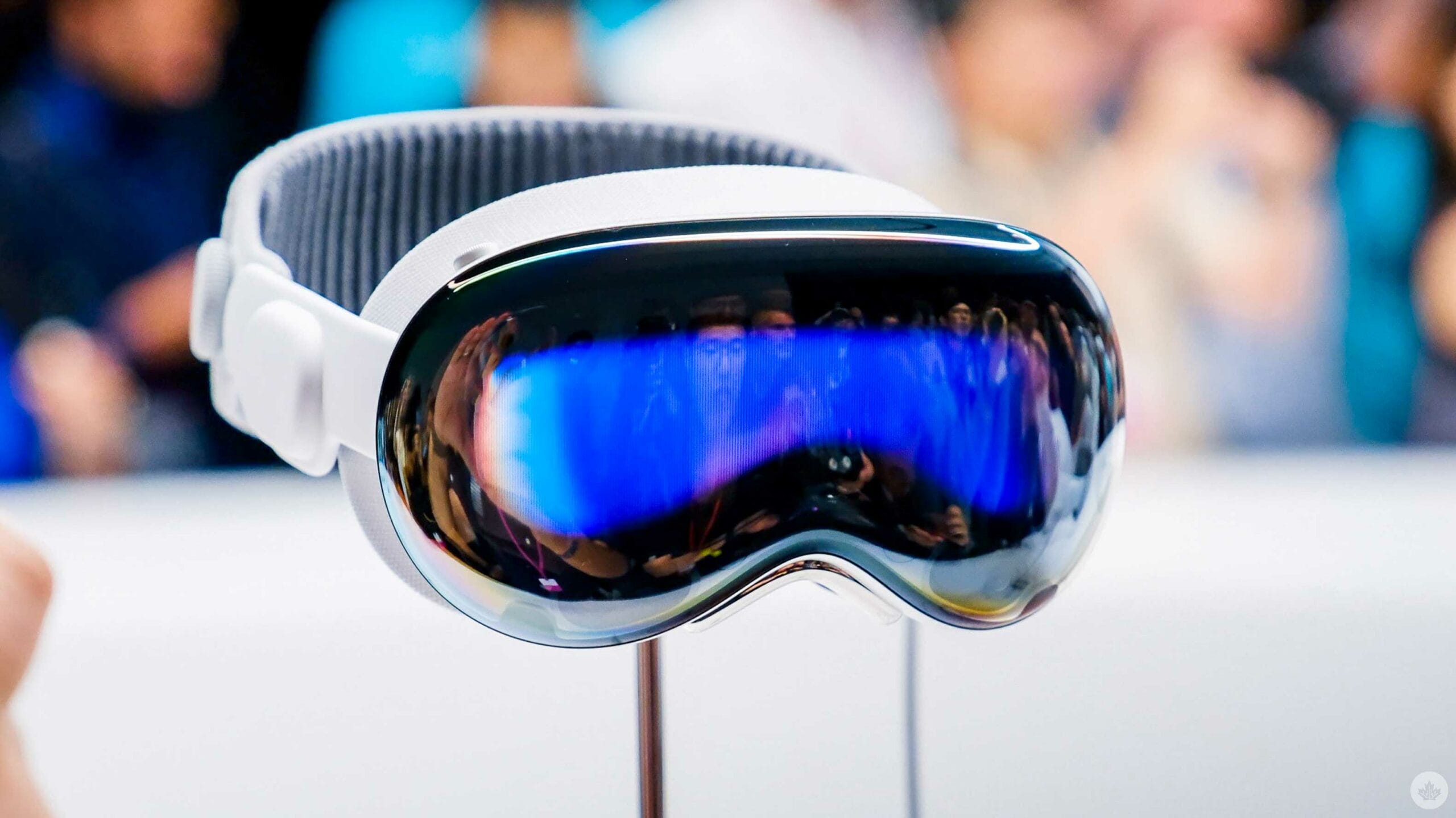The tech industry is abuzz with anticipation over the impending upgrades to the Vision Pro device, which is set to take the market by storm in 2025. The Vision Pro, a cutting-edge augmented reality (AR) headset, has been garnering significant attention due to its innovative features and potential applications across various sectors, including entertainment, healthcare, and education.
Expected Upgrades and Features
One of the most anticipated upgrades for the Vision Pro is the enhancement of its augmented reality capabilities. The device is expected to offer more immersive AR experiences, with high-resolution displays and advanced image processing technologies. These improvements could revolutionize how users interact with digital content, making AR more seamless and intuitive.
Another critical area of focus for the Vision Pro upgrades is battery life. Current AR headsets face challenges with battery endurance, limiting their practical use in everyday scenarios. The upcoming Vision Pro is rumored to incorporate advanced battery technologies, potentially allowing for extended usage times without the need for frequent recharging.
Software integration is another crucial aspect where the Vision Pro is expected to see significant improvements. The device is likely to feature more robust and user-friendly interfaces, making it easier for developers to create applications tailored to the platform. This enhanced software ecosystem could drive innovation and attract a broader range of users and developers.
Market Potential and Applications
The success of the Vision Pro in 2025 will hinge on its ability to meet the diverse needs of various industries. In the entertainment sector, the device could provide immersive gaming and movie-watching experiences, transforming how users engage with content. AR-enhanced educational materials could also revolutionize learning, making complex subjects more accessible and interactive.
Healthcare is another sector poised to benefit from the Vision Pro. Surgeons could use the device for augmented reality surgeries, providing them with real-time data and visual aids during procedures. Similarly, therapists could employ AR to create tailored treatments for patients, enhancing the effectiveness of various therapies.
Challenges and Competition
Despite the promising outlook, the Vision Pro faces several challenges. One significant hurdle is the competitive landscape, with other tech giants also investing heavily in AR technology. Companies like Facebook (now Meta) and Google are developing their own AR headsets, which could pose significant competition for the Vision Pro.
Additionally, the widespread adoption of AR headsets depends on their affordability. While the Vision Pro is expected to offer cutting-edge features, the price point will be a critical factor in determining its market success. Balancing advanced technology with affordability will be crucial for the device’s widespread adoption.
Conclusion
The upcoming upgrades to the Vision Pro device hold the potential to drive significant market success in 2025. With enhanced AR capabilities, improved battery life, and robust software integration, the Vision Pro could transform various industries and captivate users with its immersive experiences. As the tech industry continues to evolve, the Vision Pro stands at the forefront of innovation, promising a future where augmented reality becomes an integral part of daily life.


